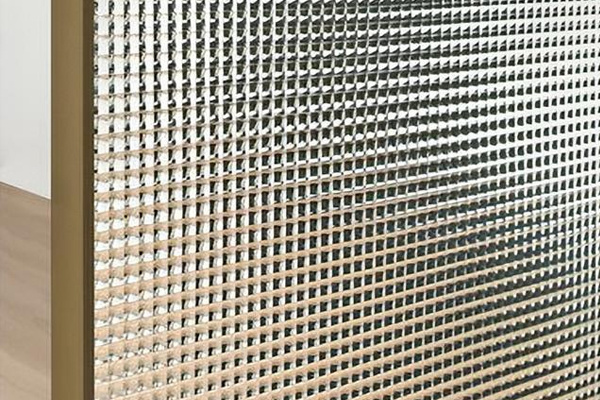The following are classified according to the method of architectural glass.
2025-02-24

Lens
1. Good perspective and light transmission performance (the visible light transmittance of 3mm and 5mm thick lens glass is 87% and 84% respectively). It has a high transmittance for near-infrared thermal rays in sunlight, but effectively blocks the far-infrared long-wave thermal rays reflected from visible light refracted to indoor walls, ceilings, floors, furniture, and fabrics, thus creating a significant "greenhouse effect." Clear glass has a low transmittance for ultraviolet rays in sunlight.
2. Sound insulation and certain thermal insulation properties.
3. Tensile strength is much lower than compressive strength, making it a typical brittle material.
4. High chemical stability, generally has strong resistance to acids, bases, salts, and chemical reagents, but long-term exposure to corrosive media can lead to deterioration and damage, such as weathering and mold on glass, which can cause appearance damage and reduced light transmission performance.
5. Poor thermal stability, prone to cracking under extreme cold or heat.
Decorative
1. Colored flat glass: can be assembled into various groups and has characteristics such as corrosion resistance, abrasion resistance, and easy cleaning.
2. Glazed glass: has good chemical stability and decorative properties.
3. Patterned glass, spray glass, frosted glass, etched glass, ice glass: various colors, visual effects, and gloss effects based on different manufacturing processes, rich in decorative properties.
4. Tinted glass: effectively absorbs solar radiation heat, achieving heat shielding and energy-saving effects; absorbs more visible light, making the transmitted light soft; strongly absorbs ultraviolet rays, preventing their impact indoors; has bright and durable colors, enhancing the aesthetic appearance of buildings.
5. Coated glass: has good thermal insulation effects, but can easily cause light pollution to the external environment.
6. Insulated glass: good optical performance, good thermal insulation properties, prevents condensation, and has good sound insulation performance.
Safety
1. Tempered glass: high mechanical strength, good elasticity, good thermal stability, not easy to injure people after breaking, and not prone to spontaneous explosion.
2. Laminated glass: fragments will not scatter after impact or sudden temperature changes; can temporarily prevent the spread of flames; has certain anti-theft and anti-robbery effects.
3. Laminated glass: good transparency, high impact resistance, the laminated PVB film adhesive protects fragments from scattering and injuring people, durable, heat-resistant, moisture-resistant, and cold-resistant.
Previous:
Contact Us
Telephone:+86-595-82102333 82102000 22339988
E-mail:wang@nyiglass.com
Address: No.7 Jiayuan Road, Wuli Development Zone, Jinjiang, Fujian, China










